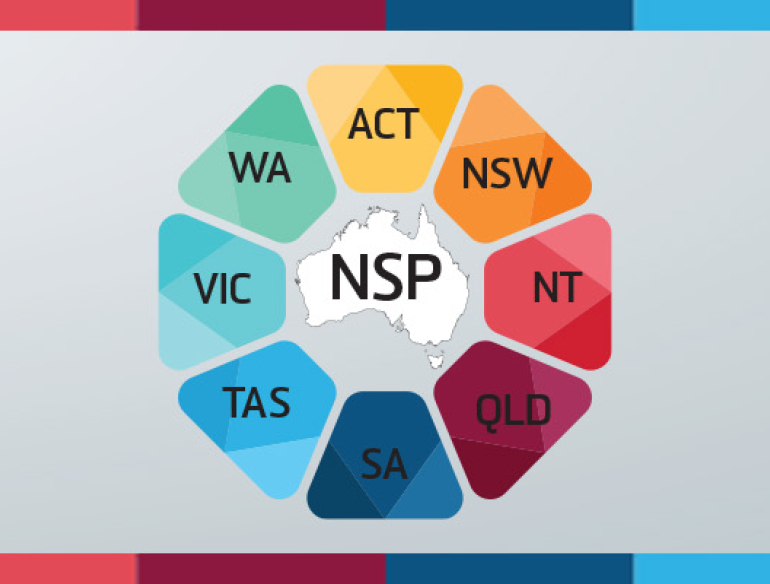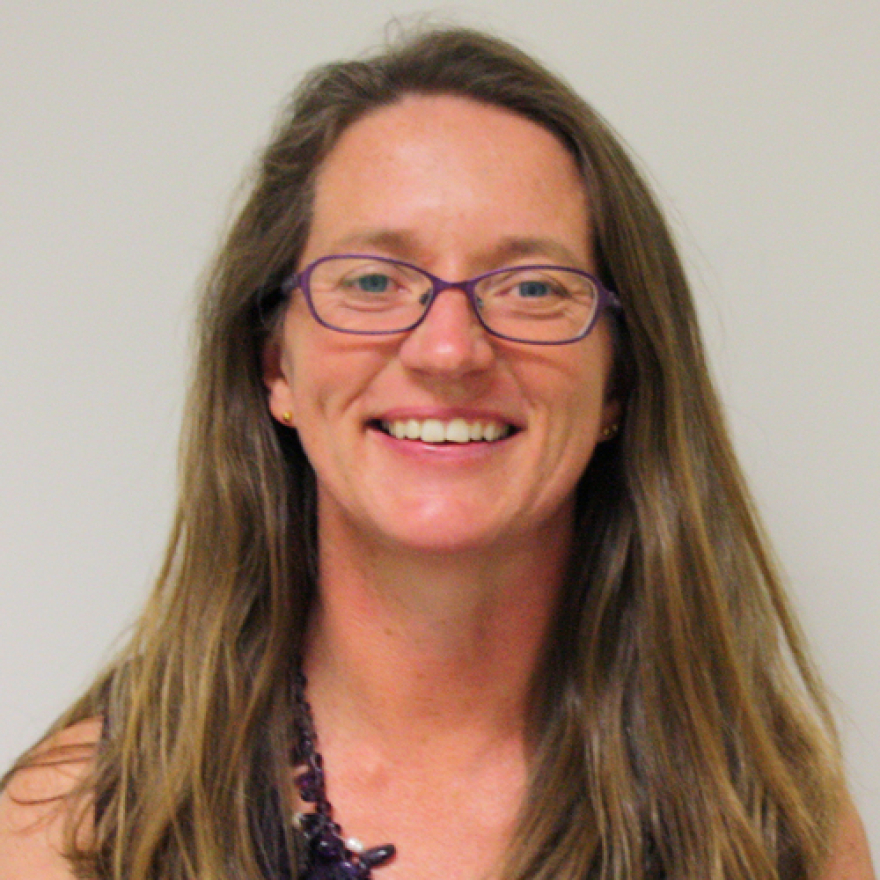- Australia's network of 3,509 NSP services was comprised of 102 primary, 786 secondary and 2,321 pharmacy NSPs in 2015/16. These face to face services were supplemented by 300 syringe dispensing machines (SDMs).
- Based on 2,832 NSP occasions of service (OOS) recorded at primary and secondary NSPs that participated on the snapshot day in 2016, it is estimated that public sector NSPs provided 755,000 occasions of service in 2015/16.
- Two thirds (66%) of NSP attendees at public sector NSP services on the snapshot day were aged between 30 and 49 years, three in four (73%) NSP attendees were male and excluding OOS where Indigenous status was not reported, 14% of NSP attendees identified as Aboriginal and/or Torres Strait Islander.
- Analgesics (e.g. heroin) were the most commonly reported drugs injected on the snapshot day in 2016 (41%), followed by stimulants and hallucinogens (37%) and anabolic agents and selected hormones (8%).
- In 2015/16, 49.4 million needles and syringes were distributed in Australia. Per capita needle and syringe distribution among the population aged 15-64 years was 3.1 syringes. In 2015/16 an estimated 625 syringes were distributed per 'regular' PWID in Australia, the equivalent of 1.7 each per day.
The Australian Government Department of Health, through the BBV and STI Prevention Programme, contracted the Kirby Institute to develop a Needle Syringe Program National Minimum Data Collection (NSP NMDC) to support the National Strategies for blood borne viral infections and sexually transmissible diseases and to complement the Australian Needle and Syringe Program Survey National Data Report.
States and territories have a strong interest in the ability to monitor trends over time and compare data across jurisdictions to help inform policy and practice.
All eight Australian jurisdictions operate a range of NSP services targeting a variety of drug use and client populations. Despite limitations with varied levels of completeness and alignment, all jurisdictions indicated a strong commitment to establishing a national minimum data collection and agreed to data collection incorporating the following three components:
- Collation of descriptive service-level data (service type and location)
- Collation of non-identifiable client-level data collected by service providers and provided to state and territory Health Departments (including age, sex, indigenous status, drug injected, health education/intervention, referral)
- Collation of jurisdictional data on needles and syringes distributed through Australian NSPs (including pharmacy distribution).
The inaugural NSP NMDC 2016 National Data Report was published in January 2017.

